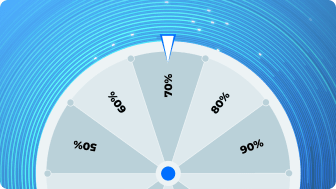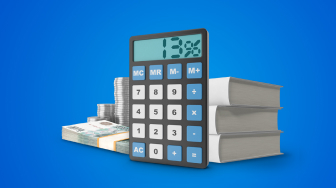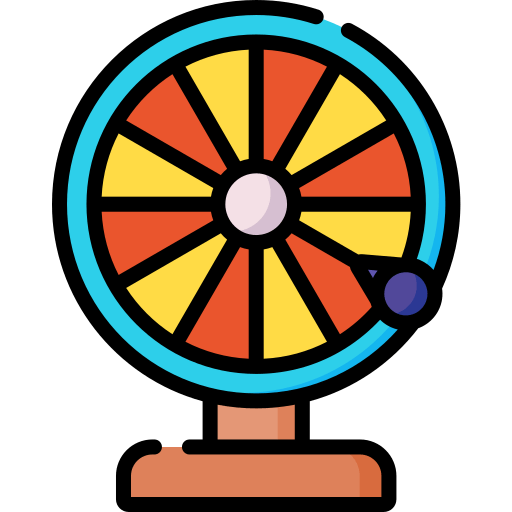2.01 Задание 10. Задание на понимание основного содержания прочитанного текста
Ошибка.
Попробуйте повторить позже
Установите соответствие между текстами А-G и заголовками 1-8. Запишите свой ответ последовательностью цифр, где первая цифра - заголовок к тексту A, а последняя - заголовок к тексту G. Используйте каждую цифру только один раз. В задании один заголовок лишний.
1.The power of music
2. Sound producers
3. Special knowledge needed
4. Musical sound characteristics
5. Differences in perception
6. The history of music
7. The choice of music matters
8. Different types of music
A. Music is a group of sounds that people have arranged in a meaningful way. Some musicians make up music as they perform. Others sing songs or play pieces that someone else created. Musicians have developed a system for writing down music so that others can play it again. They use certain symbols, called notes, to indicate the tones to be played or sung. The arrangement of the notes shows the order in which the tones should be played. Other numbers and symbols show how fast to play each note. They are known as musical notation.
B. Some music goes along with religious ceremonies. Other music is a part of everyday life. Traditional music made by everyday people is called folk music. Classical music is formal and artistic music that developed in Europe over hundreds of years. Orchestras, choirs, and chamber ensembles (small groups of musicians) often perform classical music. Opera is a type of classical music that features dramatic singing. When large numbers of people enjoy a type of music, it is called popular music.
C. People use their voices to sing. To make other kinds of music, they use musical instruments. Stringed instruments, like violins and harps, have tight strings that make sounds when people pluck or rub them. Wind instruments, like trumpets and saxophones, make sounds when people blow into them. Percussion instruments, like drums and rattles, make sounds when people hit or shake them. Keyboard instruments, like pianos and accordions, make sounds when people press their keys, buttons, or levers.
D. Rhythm describes the length of musical sounds. The most important part of rhythm is the pulse, or beat. Melody is a series of different tones, or sounds, in a piece of music. Harmony takes place when people play or sing more than one tone at the same time. Groups of tones played together are called chords. Harmony also describes the way chords go along with a melody. Form is the way that people put rhythm, melody, and harmony together. There are many different types of musical forms. Repeating a short melody is one of the simplest forms
E. If you want to firm up your body, head to the gym. If you want to exercise your brain, listen to music. Many of us instinctively know the effects of music on our mood and energy. There are few things that stimulate the brain the way music does. If you want to keep your brain engaged throughout the aging process, listening to or playing music is a great tool. It provides a total brain workout. Research has shown that listening to music can reduce anxiety, blood pressure, and pain, as well as improve sleep quality, mood, mental alertness, and memory.
F. Listening to classical music has a wide range of benefits for your brain and body. For example, it can help you with relaxation, concentration, memory, and cognition. Listening to relaxing music, such as smooth jazz, can induce an alpha-wave state in your brain. These waves occur when you’re awake but relaxed, making smooth jazz one of the best ways to wind down at the end of a long day. Rap music often tells stories of people overcoming obstacles or achieving success in the face of unlikely odds.
G. If you ask some people about the benefits of listening to music while trying to concentrate, you could hear mixed reviews. Listening to music to help us concentrate works differently for everyone. Some people might think it’s a remarkable study habit, while others may find it useless because it only distracts them. But branching out and trying new ways of boosting your concentration might help you find a practice that works well. It isn’t easy to find strategies that work specifically for you.
Источники:
Заголовок 3 (Special knowledge needed. — Требуются специальные знания) соответствует содержанию текста A: «Musicians have developed a system for writing down music using symbols called notes. Other numbers and symbols show how fast to play each note. (Музыканты разработали систему записи музыки с помощью специальных символов, названных нотами. Остальные числа и символы показывают в каком темпе нужно исполнять каждую ноту)»
Заголовок 8 (Different types of music. — Различные виды музыки) соответствует содержанию текста B: «There is folk music, classical music, opera and popular music. Each type serves different purposes in society. (Существуют народная, классическая музыка, опера и популярная музыка, Каждый тип выполняет разные социальные функции)»
Заголовок 2 (Sound producers. — Производители звука) соответствует содержанию текста C: «People use voices and various instruments like strings, winds, percussion and keyboards to produce musical sounds. (Для создания музыки люди используют голос и разные инструменты: струнные, духовые, ударные и клавишные)»
Заголовок 4 (Musical sound characteristics. — Характеристики музыкального звука) соответствует содержанию текста D:
«Music consists of rhythm (beat), melody (series of tones), harmony (chords) and form (structure). (Музыка включает ритм, мелодию, гармонию и форму)»
Заголовок 1 (The power of music. — Сила музыки) соответствует содержанию текста E: «Music stimulates the brain, reduces anxiety and pain, improves memory and mood. It provides a complete brain workout. (Музыка стимулирует мозг, снижает тревожность и боль, улучшает память и настроение. Она предлагает комплексную работу мозга)»
Заголовок 7 (The choice of music matters. — Выбор музыки имеет значение) соответствует содержанию текста F: «Different genres have different effects: classical music helps concentration, jazz relaxes, rap inspires. (Разные жанры имеют разное влияние: классическая музыка помогает концентрироваться, джаз расслабляет, рэп вдохновляет)»
Заголовок 5 (Differences in perception. — Различия в восприятии) соответствует содержанию текста G: «Music affects people differently: some concentrate better with it, others get distracted. (Музыка на всех влияет по-разному: одним помогает сосредоточиться, других отвлекает)»
Специальные программы

Программа
лояльности v2.0
Приглашай друзей в Школково и получай вознаграждение до 10%!

Крути рулетку
и выигрывай призы!
Крути рулетку и покупай курсы со скидкой, которая привязывается к вашему аккаунту.

Бесплатное онлайн-обучение
Для школьников из приграничных территорий России, проживающих в ДНР, ЛНР, Херсонской, Запорожской, Белгородской, Курской, Брянской областях и Крыму.

Налоговые вычеты
Узнай, как получить налоговый вычет при оплате обучения в «Школково».

Специальное предложение
для учителей
Бесплатный доступ к любому курсу подготовки к ЕГЭ, ОГЭ и олимпиадам от «Школково». Мы с вами делаем общее и важное дело, а потому для нас очень значимо быть чем-то полезными для учителей по всей России!

Вернём деньги за курс
за твою сотку на ЕГЭ
Сдать экзамен на сотку и получить обратно деньги за подготовку теперь вполне реально!




